Hey guys, it's Scott.
It is Tuesday, January 17, and I want to thank you, first of all, for all of the really kind birthday wishes and notes and everything. I really, really appreciate it, I had a really good time. I went into the city with Jeanie and we went out to a nice dinner, which we never get to do.
And then we saw a show called A Strange Loop right before it closed. It won the Tony for Best Musical, and it's a really searing portrait by Michael R. Jackson about growing up gay and black in a traditional kind of environment.
And it's very meta. It's a musical about a guy trying to write a musical that expresses all of these feelings and it was fascinating. I mean, it was a great feeling. It was the week before it closed, so there was a real boisterous crowd and a real sort of sense of community rallying around the whole show. But also, I haven't seen anything so autobiographical, or encountered anything so autobiographical, in a long time. It made me think a lot about how comics and storytelling, as personal as it is, and as passionate as creators can be so much of it, the storytelling gets filtered into these channels of genre. So you, you wind up filtering it into a superhero story or into a horror story or a sci fi story. And that's what I do. I haven't written anything that’s just raw or autobiographical in a long time. A.D. After Death was one of those pieces and Book of Evil touches a lot of raw nerves, but seeing something that's really like stepping inside someone's psychology, where they're incredibly open and vulnerable and in something that's so piercing was was really moving. So hats off to everybody involved in that production.
And then I saw M3GAN with the boys, they took me out. Emmett and Jack, our older boys, took me out to see M3GAN , which was fun.
The theater was packed with teenagers, and I have a lot of thoughts on it. I can talk about it a minute and Tyler will put a spoiler warning below if you do not want spoilers about M3GAN. But as a storyteller one of the things that's interesting is that I feel like it was really fun, it was really tight, super solid, and absolutely worth seeing and a great time. But I feel like there were some moments in it that could have been tweaked up. Like, for example, I think there's a level of camp to it that reminded me of Child's Play and Chucky that I love and I think really spoke to younger audiences. The comedy and horror there are fantastic, but I think it could have been a little bit more horror and a little bit more comedy all at once.
**SPOILER WARNING**
For example, she does this dance that you see in the commercial, but it's kind of random and comes out of nowhere in the actual movie, whereas if you've seen the movie, if she did that as part of her presentation in front of the world because it was suggested to her by her boss David Lin and she does it while he's dying, and it's something he suggested or it's something all the kids in the audience do with her, those kinds of things. There were moments that could have been pushed up and things that could have come together in darker ways. I would have preferred the darker ending, but I thought it was fun that it had the big Aliens “get away from her you bitch” kind of battle. And I was very proud of Emmett, who, when Bruce came on screen, said to me, “I’ll bet you Bruce comes back.” I was like “you are my son.”
**END OF SPOILERS**
But mostly with this post, what I want to do is remind you that we have class tomorrow night at 9:30pm EST. I can't wait, Tyler is going to come here, it's going to be a lot of fun. We're looking at two great stories. Again, we'll post the links again here to the Dropbox.
It's not too late, if you're a free subscriber, to sign up for our class and get all the other benefits, too—skipping lines at cons, getting a chance to send in two of your books to be signed free of charge if you pay shipping, all kinds of stuff. But most of all, you'll get all the classes that we've done so far already archived for you in audio and video.
And you get to join us for the live session tomorrow night, 9:30 EST, me and Tyler here from my office. It'll be a blast, I can't wait.
Also just some housekeeping. We have Barnstormers: A Ballad of Love and Murder #4 out today, the second to last issue of this series that's really different for me, something I'm deeply proud of, co-created by the great Tula Lotay.
It’s a historical romance/drama with some darker notes and some surprises. so I hope you'll check it out. It's definitely something that I'm really happy to be a part of, and really thrilled about.
Also, in two weeks, it'll be FOC, Final Order Cutoff, for the beginning of our next arc of Nocterra, can't wait for you guys to see that. This one is our biggest, craziest yet. It's going to be called “No Breaks,” which is an apt title for it.
And lastly, just keep an eye out for news this week. I have a good feeling about news breaking about Wytches on a couple fronts, and some fun things. So hopefully as soon as that stuff pops up, I'll circle back and do another post about it.
But yeah, thanks again! Tomorrow I'm going off to get my Best Jackett ink, should be fun. Thank you guys again for everything!
I have two questions I'm gonna answer. The first is:
Ken Janssens asks, “how do you go about communicating with artists who predominantly speak a different language than you?”
That's a great question. That's only happened to me a couple of times, but one of them was a really important relationship. It was Jorge Jimenez, who used a translator in WhatsApp to go back and forth. So we would talk and it would translate for him and it would translate for me, it worked really well.
But what it really teaches you, honestly, is how important it is to communicate the biggest things about a story and not the details. It definitely gets you to a point where you have to let go a bit more, because it can be hard communicating every little thought that you have about how something should go. And it's a very good process for honing it down for you as a creator to the most important aspects of what a scene is about and what an issue is about. It forces you to really focus on what the core pillars of a story or a chapter of a story are so that you can get that across to the artist in the simplest and purest terms possible so they can have what they need to go. So it's a good exercise, honestly, in terms of paring down for you what's really important to communicate as a creator, and learning about yourself what you really need to get across and what you might not need to get across that you think you do.
Secondly, I have another question here:
ecaroth asks, “I've noticed that a lot of Scott's own books feel very dialog-heavy compared to my own, but the pacing never feels slow. I know there's a ton of ‘max # of sentences per panel,’ etc. type rules thrown around. Is there some kind of rule of thumb / target Scott shoots for when scripting to make sure to include enough meat and story advancement, without killing the pacing too much?”
That's a great question, too. Well, for me, one thing I definitely err on the wordier side, especially in the old days, Greg Capullo would make fun of me all the time about how it was all balloons and he didn't need to draw anything. And one time he pointed out to me the worst case of it was when I was incredibly nervous and always over-wrote just to make sure the things I wanted to get across were getting across in a way that was often hobbling to stories and is embarrassing to look back on. But when I wrote Swamp Thing, you forget that the balloons are orange, like hunter warning-color orange, and so it's incredibly bright. And I had one spread in Swamp Thing, I think it's #2, when an older Swamp Thing is explaining to Alec Holland why he needs to come back, and there's just orange balloon after orange balloon. And Greg always would send that page to me as a joke, like whenever he thought I was getting too wordy, just to remind me.
And we did a session on dialogue, so I don't want to get too into how I use it here just because I feel like it's already there for you if you want to check it out in terms of how dialogue can move things forward and needs to move things forward psychologically, emotionally, and plot wise. It's mostly in the emotional conflict versus plot conflict in a mini session we did on dialogue.
But one thing to know is that it's also a really good manipulator of pacing. So dialogue and narration together are something I really think about a lot when it comes to how fast a story is moving. Sometimes it's a way of making the reader feel like things are going more slowly than they are visually. This is especially during second acts, which get compressed a lot in comics during like an event, or something where you need to really focus on the first act and the third acts, the setup and the epic conclusion with everybody fighting across the universe. The stuff that gets compressed is in the middle. And again, you can look at a length of your story. Let's say you get five issues instead of six— at six, you’re at 120 pages, which is the length we talked about three act structure in; five, you're at 100 pages, makes a little bit more wonky, you might have to compress in some places to get your full last issue being your third act, that sort of thing.
What you can do is use dialogue narration to create the effect that things are moving more slowly in the middle. Use a little bit less at the beginning, use a little bit more in the center, use a bit less at the end. And so the experience of the reader is it takes them longer to move through that middle and it makes it feel like there's just as much material. So that's one way to think about it mechanically. All the ways of thinking about what makes for effective dialogue or effective narration we put in another class, but just as a tool and a mechanical tool for pacing, something to keep in mind. All right, guys, thanks again! Can't wait to see you guys in class tomorrow night. Hope you'll check it out, it's gonna be fun. Bye!
S

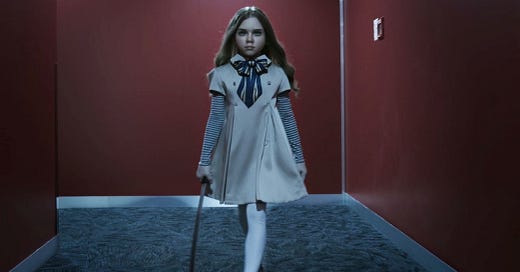
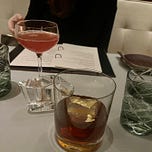


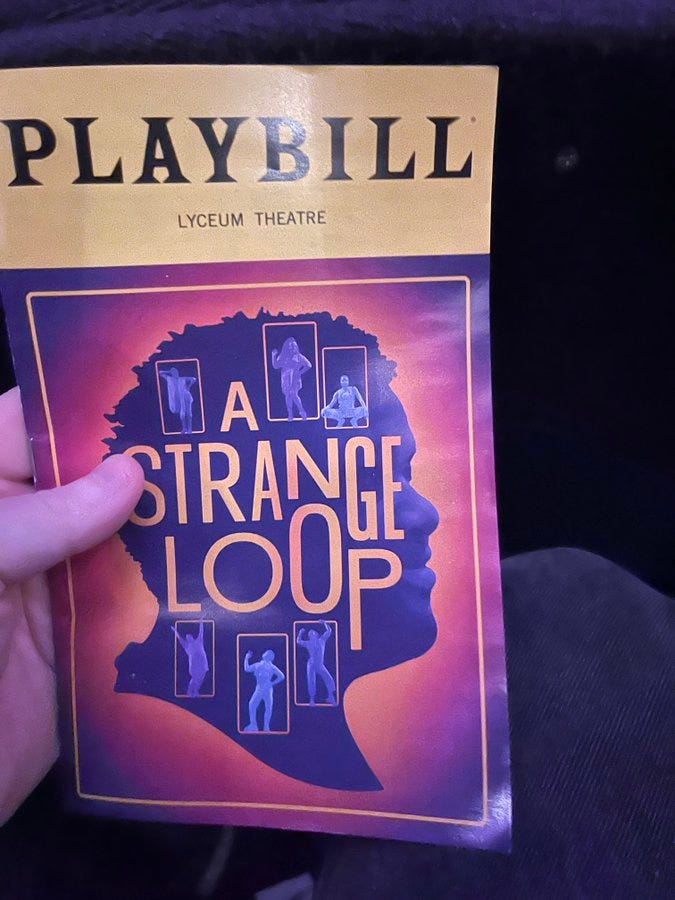
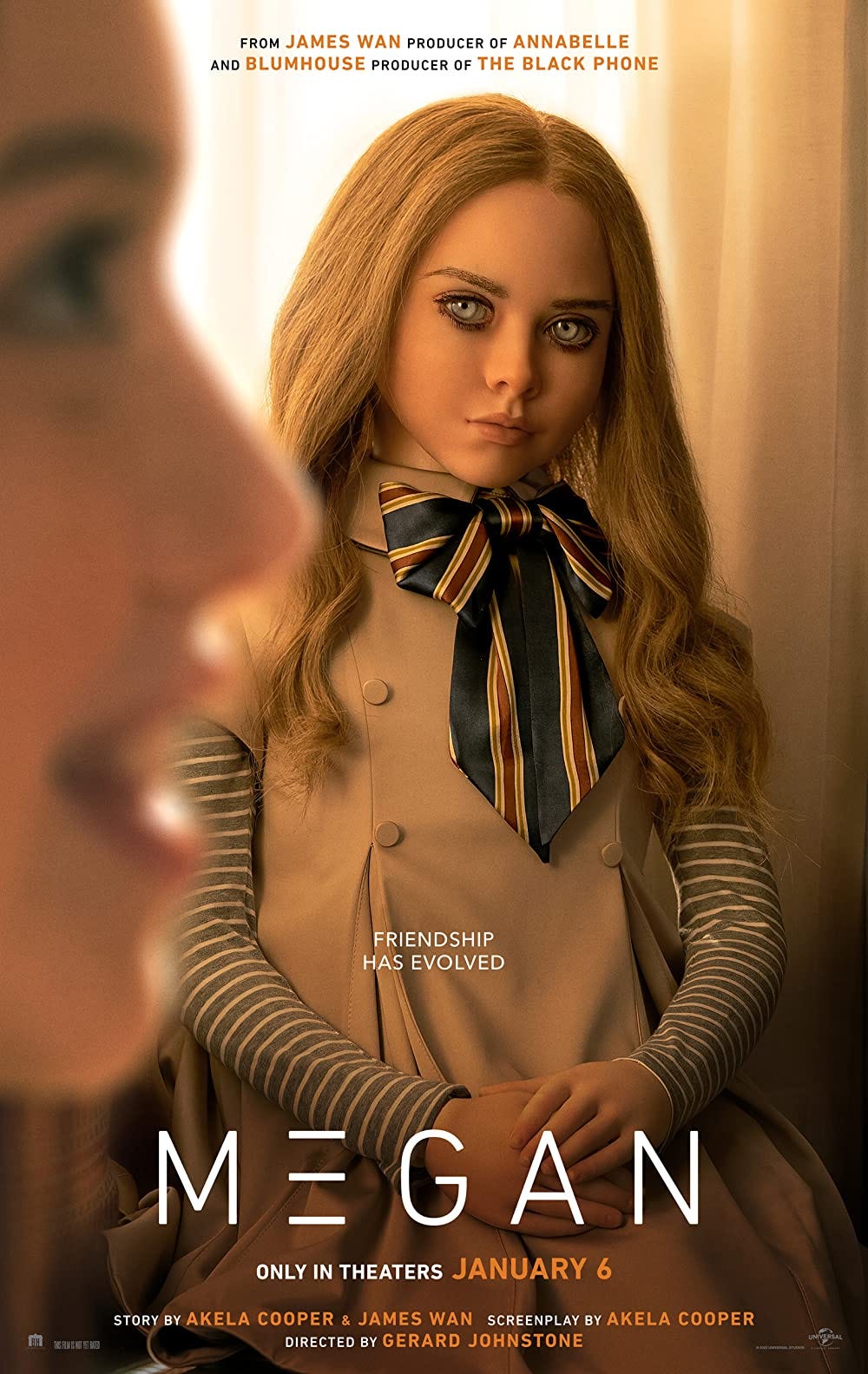

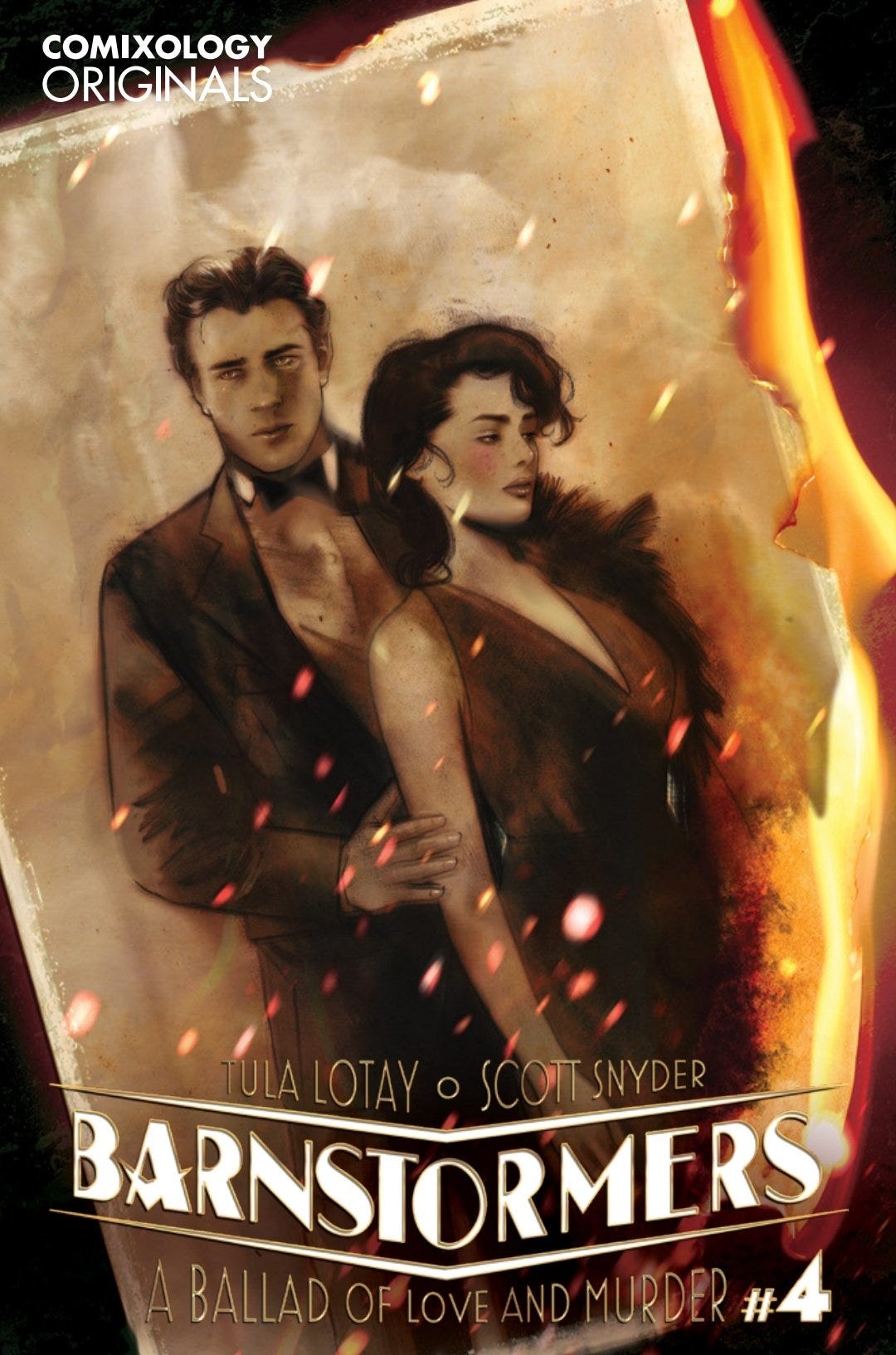
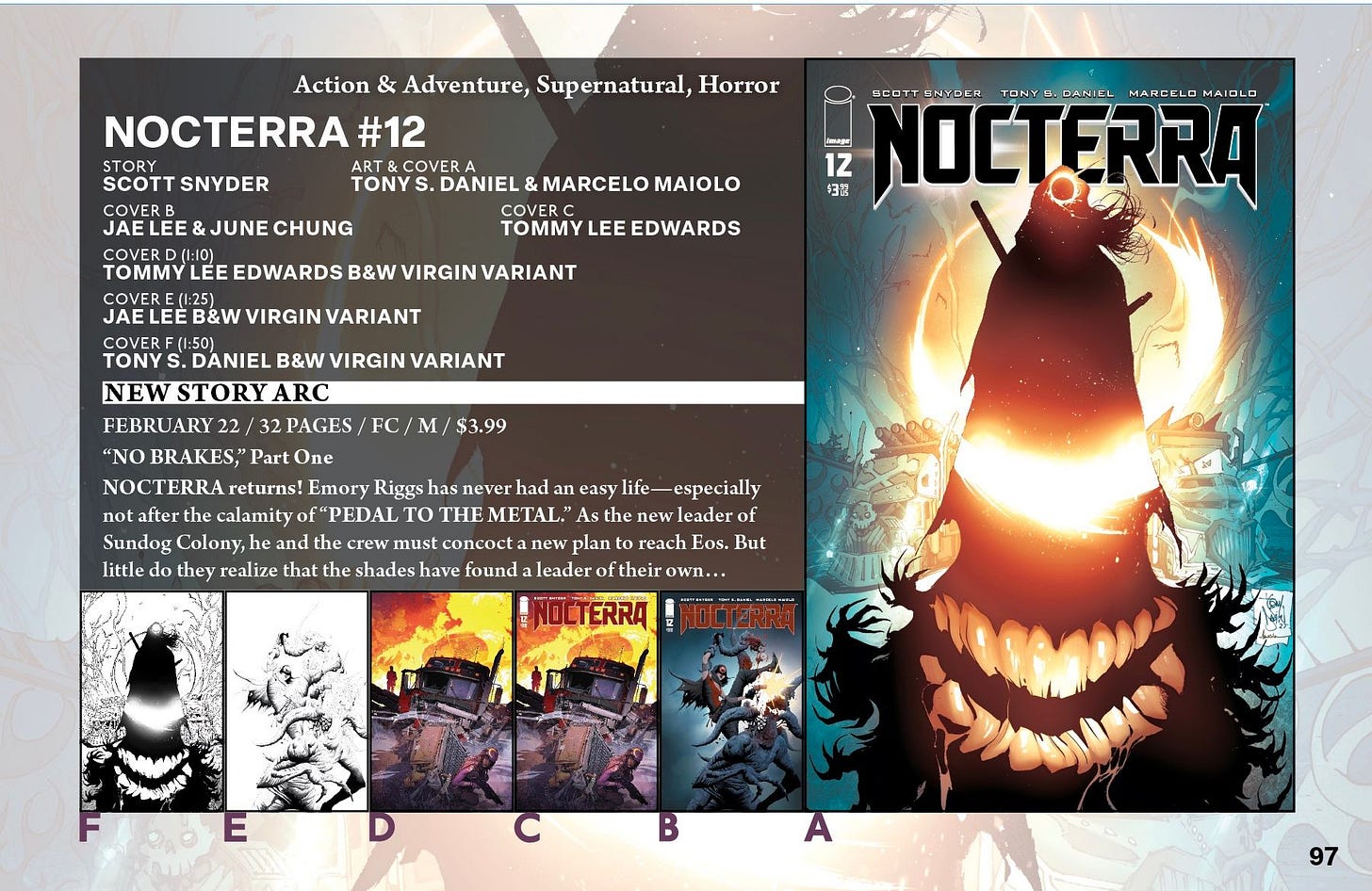


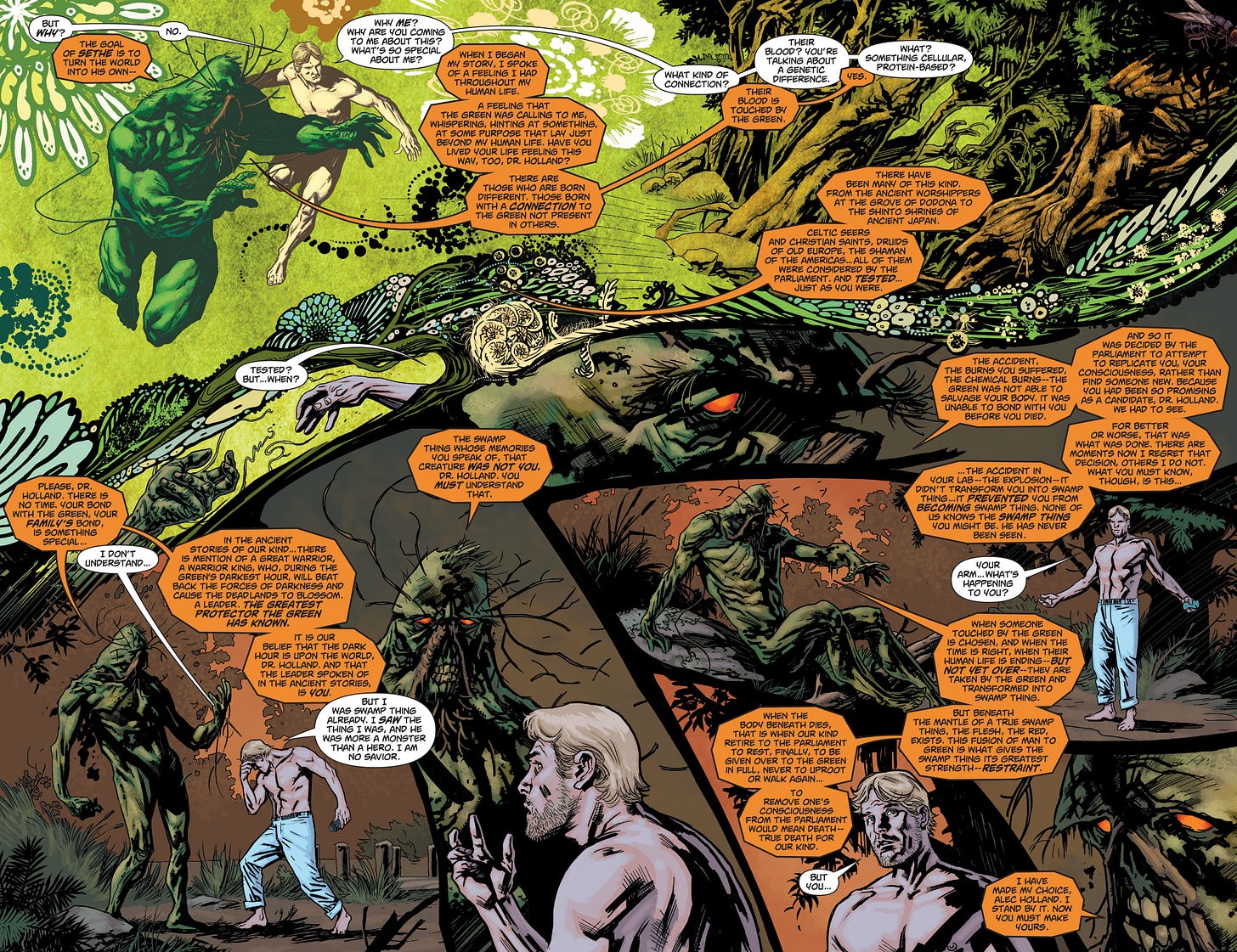

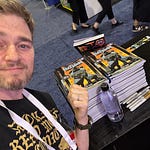
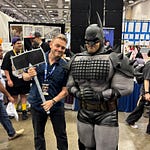


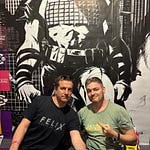
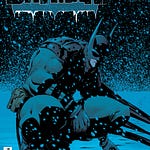
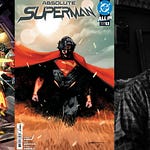
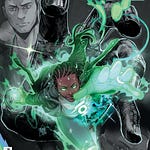
Share this post